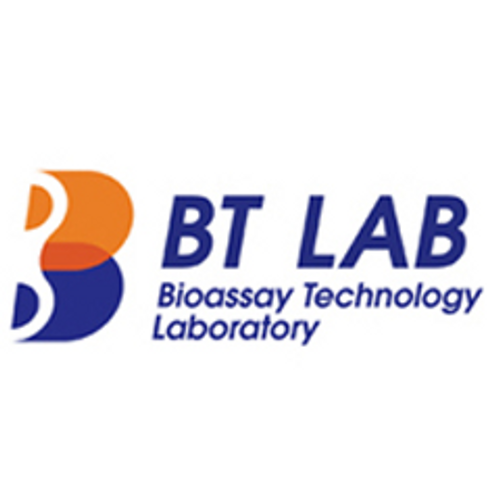Product Description
Phospho-PTEN (Y315) Antibody [APR09211G] | Leading Biology
Product Category: Polyclonal Antibodies
Host: Rabbit
Species Reactivity: H
Specificity: This PTEN Antibody is generated from rabbits immunized with a KLH conjugated synthetic phosphopeptide corresponding to amino acid residues surrounding Y315 of human PTEN.
Cellular Localisation: Cytoplasm. Nucleus. Nucleus, PML body. Note=Monoubiquitinated form is nuclear. Nonubiquitinated form is cytoplasmic. Colocalized with PML and USP7 in PML nuclear bodies (PubMed:18716620) . XIAP/BIRC4 promotes its nuclear localization (PubMed:19473982) .
Molecular Weight: 47166
Clone: Polyclonal
Gene Name: PTEN
Gene ID: 5728
Function: Tumor suppressor. Acts as a dual-specificity protein phosphatase, dephosphorylating tyrosine-, serine- and threonine- phosphorylated proteins. Also acts as a lipid phosphatase, removing the phosphate in the D3 position of the inositol ring from phosphatidylinositol 3, 4, 5-trisphosphate, phosphatidylinositol 3, 4- diphosphate, phosphatidylinositol 3-phosphate and inositol 1, 3, 4, 5- tetrakisphosphate with order of substrate preference in vitro PtdIns (3, 4, 5) P3 > PtdIns (3, 4) P2 > PtdIns3P > Ins (1, 3, 4, 5) P4 (PubMed:26504226, PubMed:16824732) . The lipid phosphatase activity is critical for its tumor suppressor function. Antagonizes the PI3K- AKT/PKB signaling pathway by dephosphorylating phosphoinositides and thereby modulating cell cycle progression and cell survival. The unphosphorylated form cooperates with MAGI2 to suppress AKT1 activation. Dephosphorylates tyrosine-phosphorylated focal adhesion kinase and inhibits cell migration and integrin-mediated cell spreading and focal adhesion formation. Plays a role as a key modulator of the AKT-mTOR signaling pathway controlling the tempo of the process of newborn neurons integration during adult neurogenesis, including correct neuron positioning, dendritic development and synapse formation. May be a negative regulator of insulin signaling and glucose metabolism in adipose tissue. The nuclear monoubiquitinated form possesses greater apoptotic potential, whereas the cytoplasmic nonubiquitinated form induces less tumor suppressive ability. In motile cells, suppresses the formation of lateral pseudopods and thereby promotes cell polarization and directed movement.
Summary: Tissue Location: Expressed at a relatively high level in all adult tissues, including heart, brain, placenta, lung, liver, muscle, kidney and pancreas.
Form: Purified polyclonal antibody supplied in PBS with 0.09% (W/V) sodium azide. This antibody is purified through a protein A column, followed by two-step phosphospecific peptide affinity purification.
Storage: Maintain refrigerated at 2-8°C for up to 2 weeks. For long term storage store at -20°C in small aliquots to prevent freeze-thaw cycles.
Application: DB
Dilution: DB--1:500
Synonyms: Phosphatidylinositol 3, 5-trisphosphate 3-phosphatase and dual-specificity protein phosphatase PTEN, Mutated in multiple advanced cancers 1, Phosphatase and tensin homolog, PTEN, MMAC1, TEP1
 Euro
Euro
 USD
USD
 British Pound
British Pound
 NULL
NULL

![Phospho-PTEN (Y315) Antibody [APR09211G] Phospho-PTEN (Y315) Antibody [APR09211G]](https://cdn11.bigcommerce.com/s-452hpg8iuh/images/stencil/1280x1280/products/867269/1159336/logo__92149.1659788186__61094.1659863564.png?c=2)
![Phospho-PTEN (Y315) Antibody [APR09211G] Phospho-PTEN (Y315) Antibody [APR09211G]](https://cdn11.bigcommerce.com/s-452hpg8iuh/images/stencil/100x100/products/867269/1159336/logo__92149.1659788186__61094.1659863564.png?c=2)
![Phospho-PTEN (Y315) Antibody [APR09211G] Phospho-PTEN (Y315) Antibody [APR09211G]](https://cdn11.bigcommerce.com/s-452hpg8iuh/images/stencil/500x659/products/867269/1159336/logo__92149.1659788186__61094.1659863564.png?c=2)








